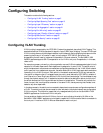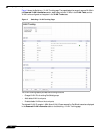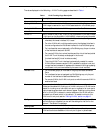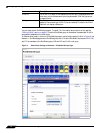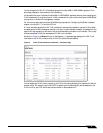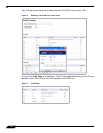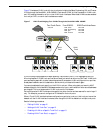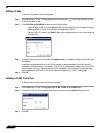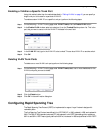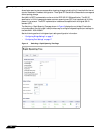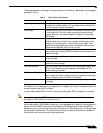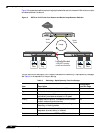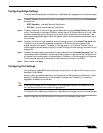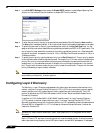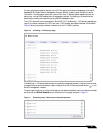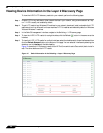
Configuring Switching
13
SonicOS 5.7: Advanced Switching Feature Guide and Screencast Tutorial
Enabling a VLAN on a Specific Trunk Port
Using this method rather than the method described in “Editing VLANs” on page 12, you can specify a
single trunk port to be used for a particular VLAN ID.
To enable a custom VLAN ID on a specific trunk port, perform the following steps:
Step 1 On the Switching > VLAN Trunking page under VLAN Trunks, click the Enable VLAN button.
Step 2 In the Enable VLAN window, select a trunked port from the Trunked Port drop-down list. This is the
port that you want to use to trunk the VLAN ID indicated in the next field.
Step 3 In the VLAN ID field, type in the VLAN ID to be trunked. This can be a VLAN ID on another switch.
Step 4 Click OK.
Deleting VLAN Trunk Ports
To delete one or more VLAN trunk ports, perform the following steps:
Step 1 On the Switching > VLAN Trunking page under VLAN Trunks, select one or more checkboxes for the
VLAN trunk ports you want to delete.
Step 2 Click the Delete button.
Step 3 Click OK in the confirmation dialog box.
Configuring Rapid Spanning Tree
The Rapid Spanning Tree Protocol (RSTP) is implemented to support Layer 2 network designs with
redundant paths.
The first Spanning Tree Protocol was defined in by IEEE 802.1D in 1990, updated in 1998, and replaced in
2004. The 802.1D-2004 standard removed STP and replaced it with RSTP, also adding other extensions
802.11c and 802.1t. RSTP was originally defined in 802.1w, introduced in 1998 and published in 2001. RSTP



